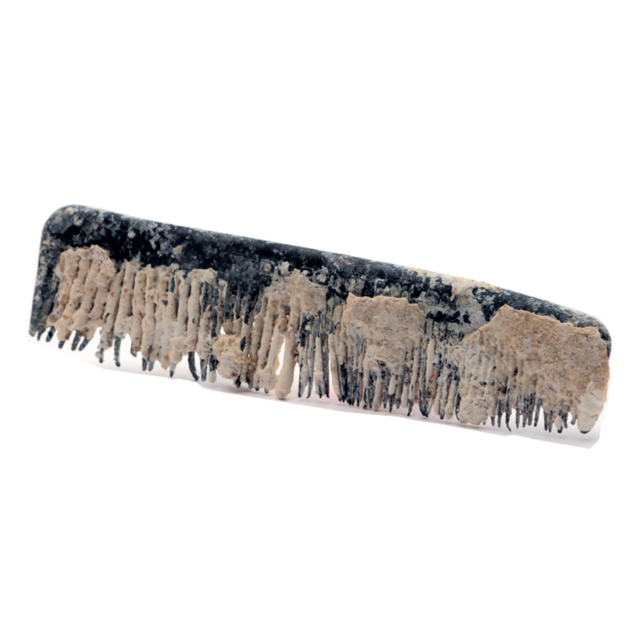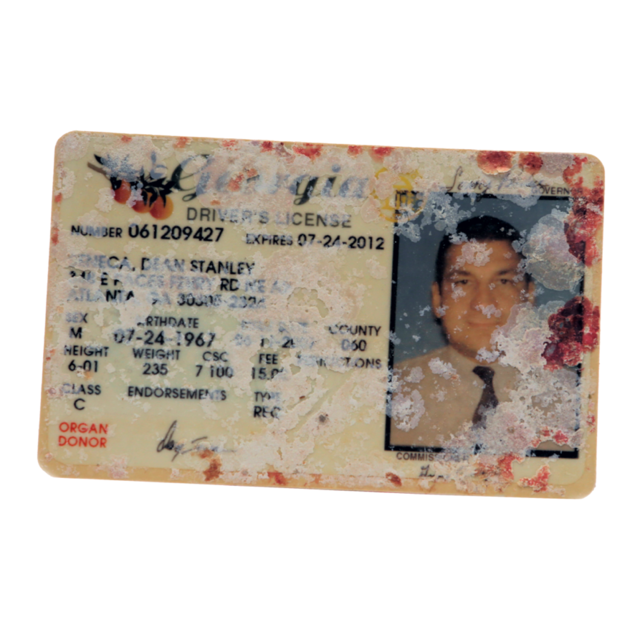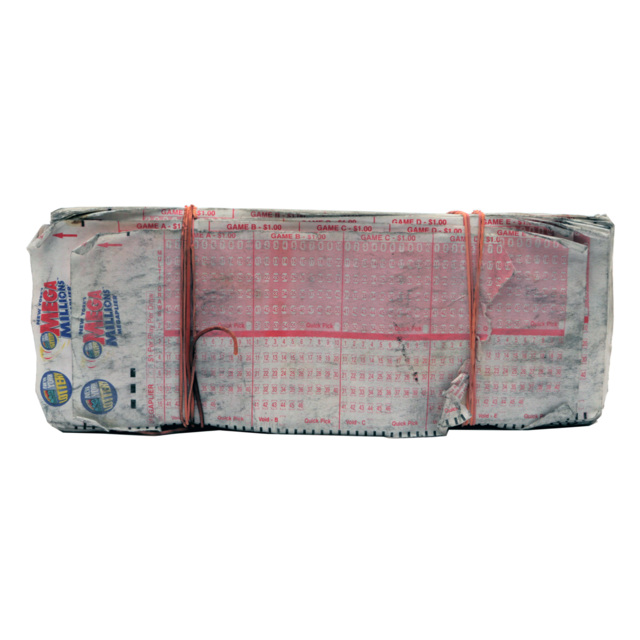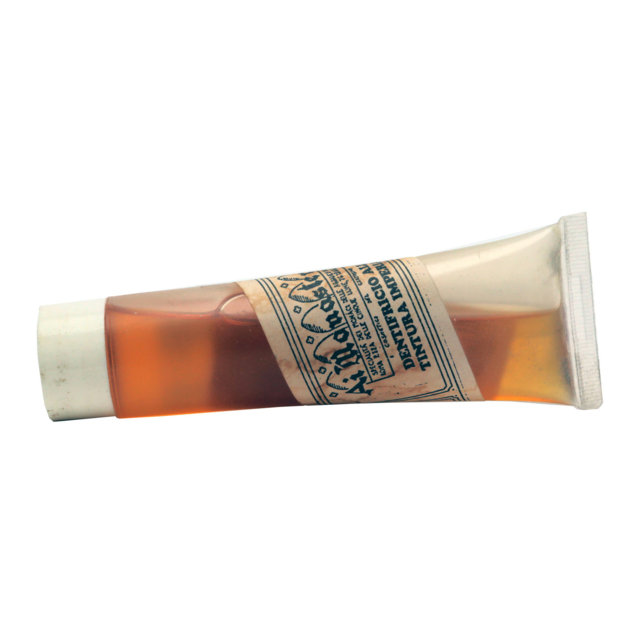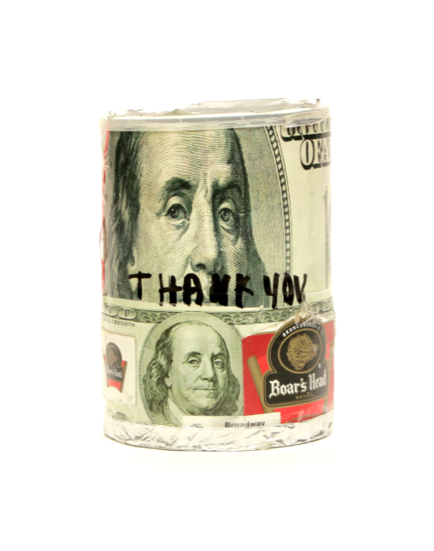MINI MUSEUM MINI INTERVIEW
A collection of plastic vomit from all over the world, counterfeit banknotes and a cockroach leg are just some of the objects exhibited in the world’s smallest museum down a back alley in New York. Based in an ex-freight lift belonging to an old fabric factory, Museum is growing into one of the city’s most talked about and peculiar destinations.
A passion project set up by brothers Benny and Josh Safdie and good friend Alex Kalman, Museum has become extremely popular since it opened in May 2012. With financial backing from Andy and Kate Spade of creative studio Partners & Spade and Kate’s eponymous fashion brand, as well as a renovation of the lift shaft by designer and architect Michael Caputo, Benny, Josh and Alex were able to exhibit a collection of weird and wonderful objects that they had been wanting to present for some time. Not quite sure how they would go about it, they knew the pieces should be exhibited to the public in one way or another. When the disused lift was offered to them it seemed like an ideal setting and the aptly named Museum was founded.
Viewable 24 hours a day seven days a week, Museum is one of very few galleries, in fact, probably the only one, you can see in its entirety without actually going inside. There are some tiny viewing windows for those who can’t make it during opening hours where the contents are lit for night viewers. Each object has a reference number and story so visitors can call the audio guide and listen to specific narratives at any time. If you want to experience the gift shop and café however, you need to make sure you go during opening hours on a Saturday or Sunday from 12pm to 6pm when you will find a docent sitting outside on a wooden garden chair. The 60-square-foot space can become quite cramped when there are more than a couple of people inside and if you’re over six feet you’ll need to mind your head. Hence the café consists of an espresso machine balanced on a miniature shelf and the gift shop located just above is slightly bigger taking up three whole shelves.
The pieces displayed at Museum are a mix of found modern day artefacts from the streets of New York and the rest of the world. The place reminds me of a modern-day version of a mid 16th-century cabinet of curiosities. The ethos behind it is much the same even though, in scientific terms, we have moved on considerably since the 1500s. And so rather than trying to understand the world around us from a scientific point of view, Museum strives to “understand the various states of humanity” through objects we use today. Most of the pieces seem bizarre but the curators are looking beyond the object itself in most cases and it’s often a story that took place around a particular object that can transform the way we look and think about it. Something that seems irrelevant suddenly becomes fascinating, thought provoking and indeed significant. As the second season of Museum gets underway, Archive talks to one of the founders, Alex Kalman about the ingenious project offered to the streets of New York.
What does Museum set out to achieve?
We wanted to create a platform for vernacular artifacts to be displayed and valued for what they are and what they might say about the society we live in today. It was created to share beauty, absurdity, ugliness, humour, and most of all meaning of contemporary culture through the overlooked. It’s exploring big ideas through little things. Providing a universally accessible medium (rather than a complicated and academic one) to understand the various states of humanity. You can understand a lot about the world by looking at the smallest things that cultures create and seeing the similarities and differences between them. We felt that there was a new approach that should be taken with a museum experience. Traditionally museums house objects that already have great historic value but there wasn’t a museum that housed the everyday. We felt that there was something missing from the landscape of museums and that experience.
Did you come across the abandoned lift first and then decide to create Museum, or did you seek out an elevator for a specific reason?
We had Museum in mind for a couple of years before coming across the elevator. We knew that
it was to be a small space that was not obvious to the passer-by or the seeker-out, very much like the objects themselves. The elevator was presented to us as an option without the presenters even knowing we wanted to open a museum and when we saw it we knew it was perfect.
What do you want people to get out of Museum?
We hope that people will leave looking at the objects around them in a different way. It’s, not intentionally, but in a way hijacking the notion of a museum to create what we want. To take our traditional expectations of what a museum is and the experience of going to one but subverting what it actually is that you go to look at. We’re focussing on what we call modern-day artifacts, small things that find their way into existence in the everyday from cultures around the world. And we believe that you can learn just as much from exploring a collection of toothpaste tubes from around the world than you can from reading the newspaper every day. You can learn a lot from these small things.
What are the criteria for individual objects and collections to be chosen for display at Museum; how does the curatorial process work?
No art and no sentimentality. We try to avoid kitsch and any- thing with emotional value. From there it is a dialogue among the three of us about the meaning and narratives derived by particular objects or through collections of objects. We find our own things, we meet others with amazing collections, and we explore themes and how to illustrate them through collections. Then we discuss, disagree, agree, argue, and resolve our thoughts about the meaning and value of a particular object or collection. We consider ourselves to be painting a portrait of humanity. There’s a value in aesthetics but ultimately that’s not what it’s about. It’s about, what does this particular object say to us about the year 2013 or about America, or about the world?
I’m interested in the found objects you display as opposed to the collections and objects people submit. What makes a found object interesting for display?
It implies something about the psychology or the emotion of contemporary society. What do we want? What do we make? What do we buy? What happens in this world and how does it affect objects - and then what is the story we can see in the object based on what has happened to it - decisions about design, about creativity, about packaging, about its history, or about its significance by understanding there is a market for it. We are on this world to pursue our curiosity and create things that make the world more interesting. In this pursuit you see many things - and many things that are often overlooked that you feel say something.
Does Museum have any plans to expand in the future?
Yes. Not in terms of size of the space, but in terms of the experience. We are going to expand in the next couple of months in this same alley. It won’t be the same thing but it will be another wing of Museum.
We look forward to seeing what’s next for Museum.
